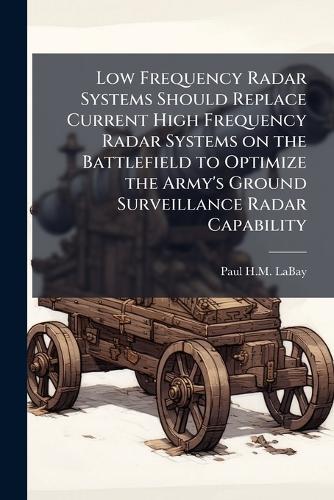Overview
One of the key requirements for U.S. maneuver forces to be able to win the first battle is the quick and accurate location of engaged enemy units in the battle area. At present and into the foreseeable future, ground surveillance radar will continue to provide the maneuver commander with a substantial part of this immediate intelligence information of-the-art technology provides the Army with two distinct types of radar to accomplish the ground surveillance radar mission. The first is a high frequency, line-of-sight system; the second is a low frequency, foliage independent system. Because monetary and manpower constraints will limit the types and numbers of radar systems eventually deployed, the Army must choose that system which best fulfills its ground surveillance radar needs. This paper investigates the efficacy of both systems to detect, locate, and identify targets of military interest under stated evaluative conditions. It addresses both the machine and the man-machine/human factors aspects of radar operation. The demonstrated capabilities of both systems are compared and evaluated to determine which system shows the greatest potential to optimize the Army's ground surveillance radar capability. The study concludes that low frequency radar systems offer the best practical solution to finding the enemy. It further recommends that the Army place priority effort into developing low frequency radar systems for future ground use. This work has been selected by scholars as being culturally important, and is part of the knowledge base of civilization as we know it. This work was reproduced from the original artifact, and remains as true to the original work as possible. Therefore, you will see the original copyright references, library stamps (as most of these works have been housed in our most important libraries around the world), and other notations in the work. This work is in the public domain in the United States of America, and possibly other nations. Within the United States, you may freely copy and distribute this work, as no entity (individual or corporate) has a copyright on the body of the work. As a reproduction of a historical artifact, this work may contain missing or blurred pages, poor pictures, errant marks, etc. Scholars believe, and we concur, that this work is important enough to be preserved, reproduced, and made generally available to the public. We appreciate your support of the preservation process, and thank you for being an important part of keeping this knowledge alive and relevant.
Full Product Details
Author: Paul H M Labay
Publisher: Hutson Street Press
Imprint: Hutson Street Press
Dimensions:
Width: 15.60cm
, Height: 0.60cm
, Length: 23.40cm
Weight: 0.159kg
ISBN: 9781025066967
ISBN 10: 1025066960
Pages: 106
Publication Date: 22 May 2025
Audience:
General/trade
,
General
Format: Paperback
Publisher's Status: Active
Availability: Available To Order

We have confirmation that this item is in stock with the supplier. It will be ordered in for you and dispatched immediately.



